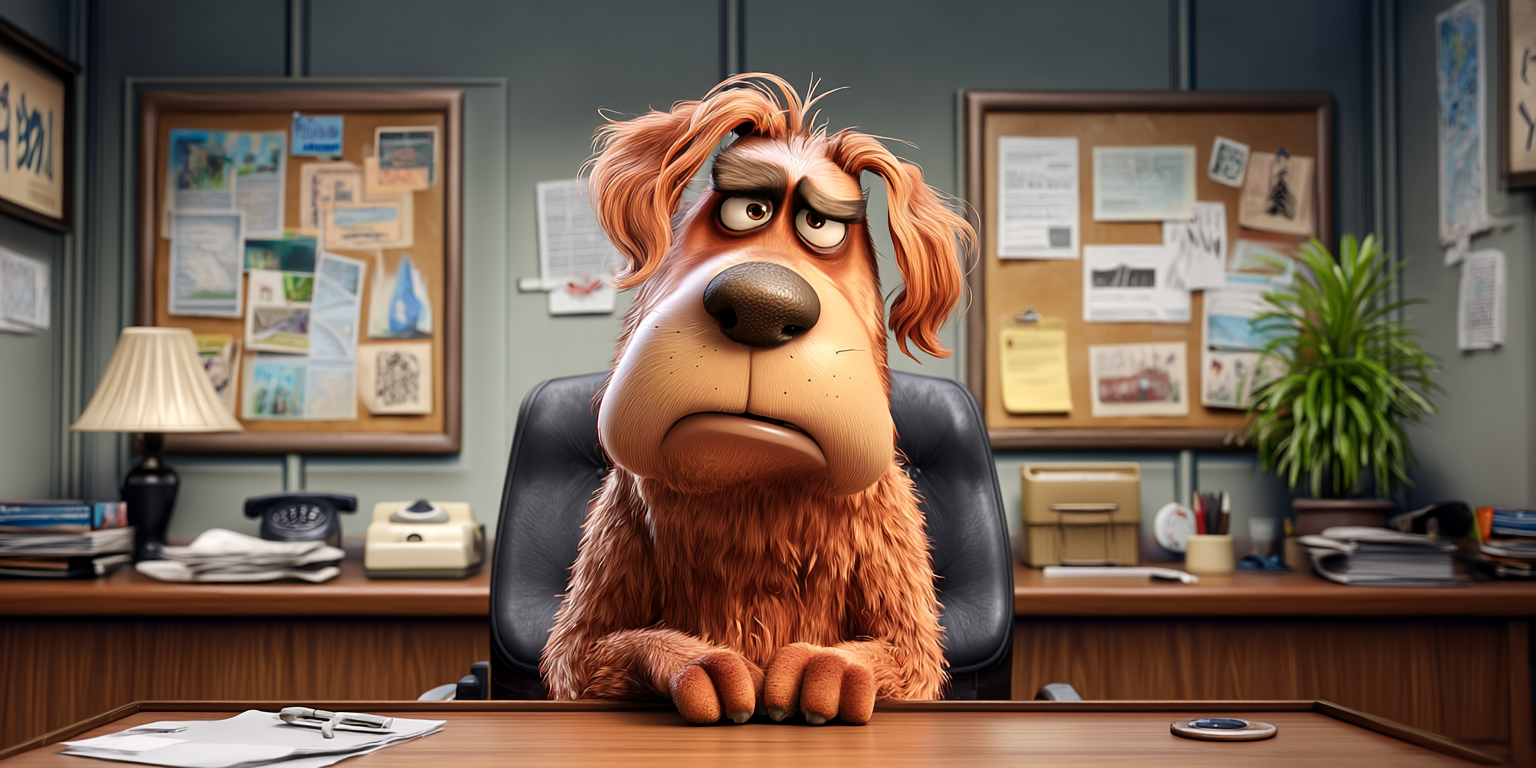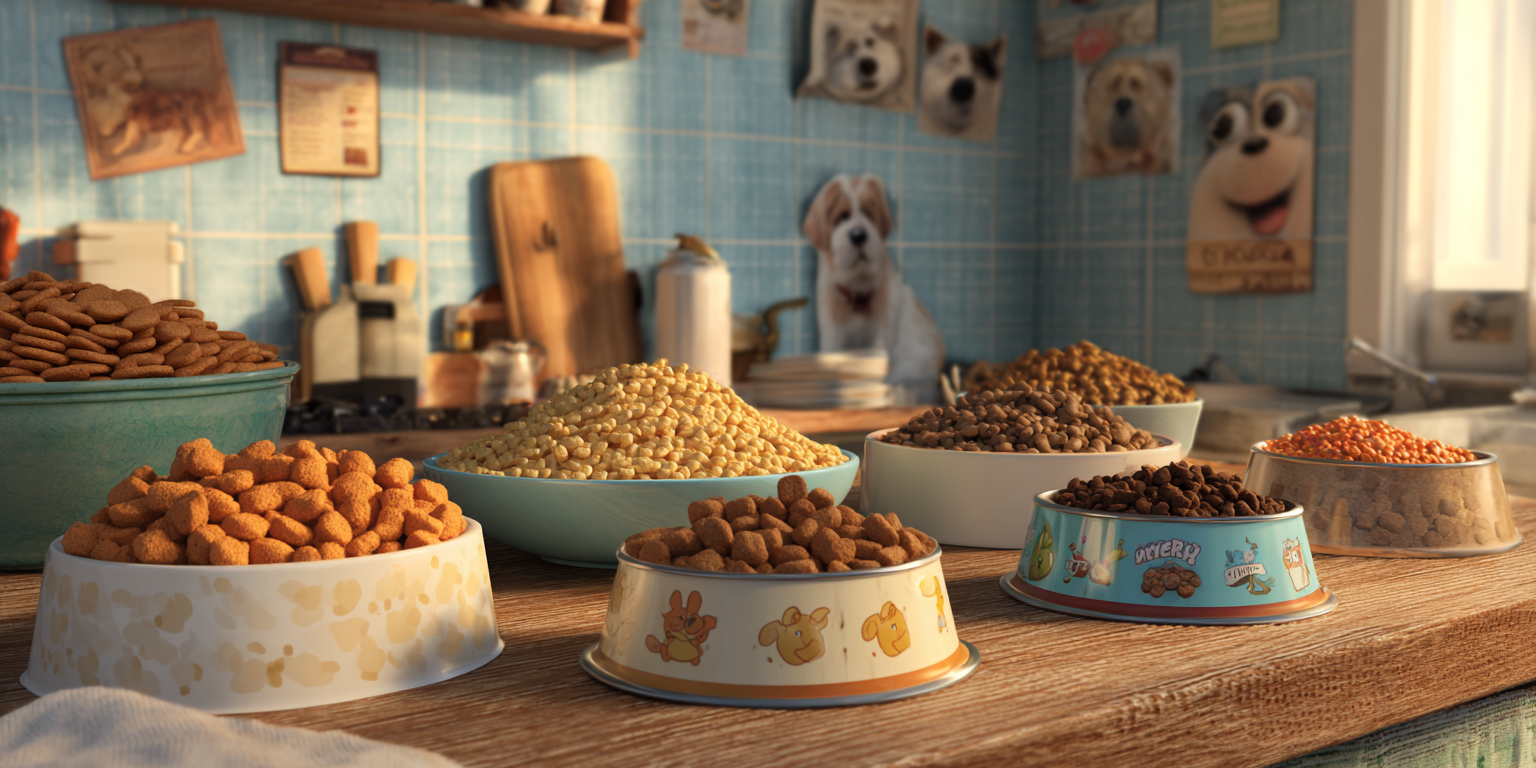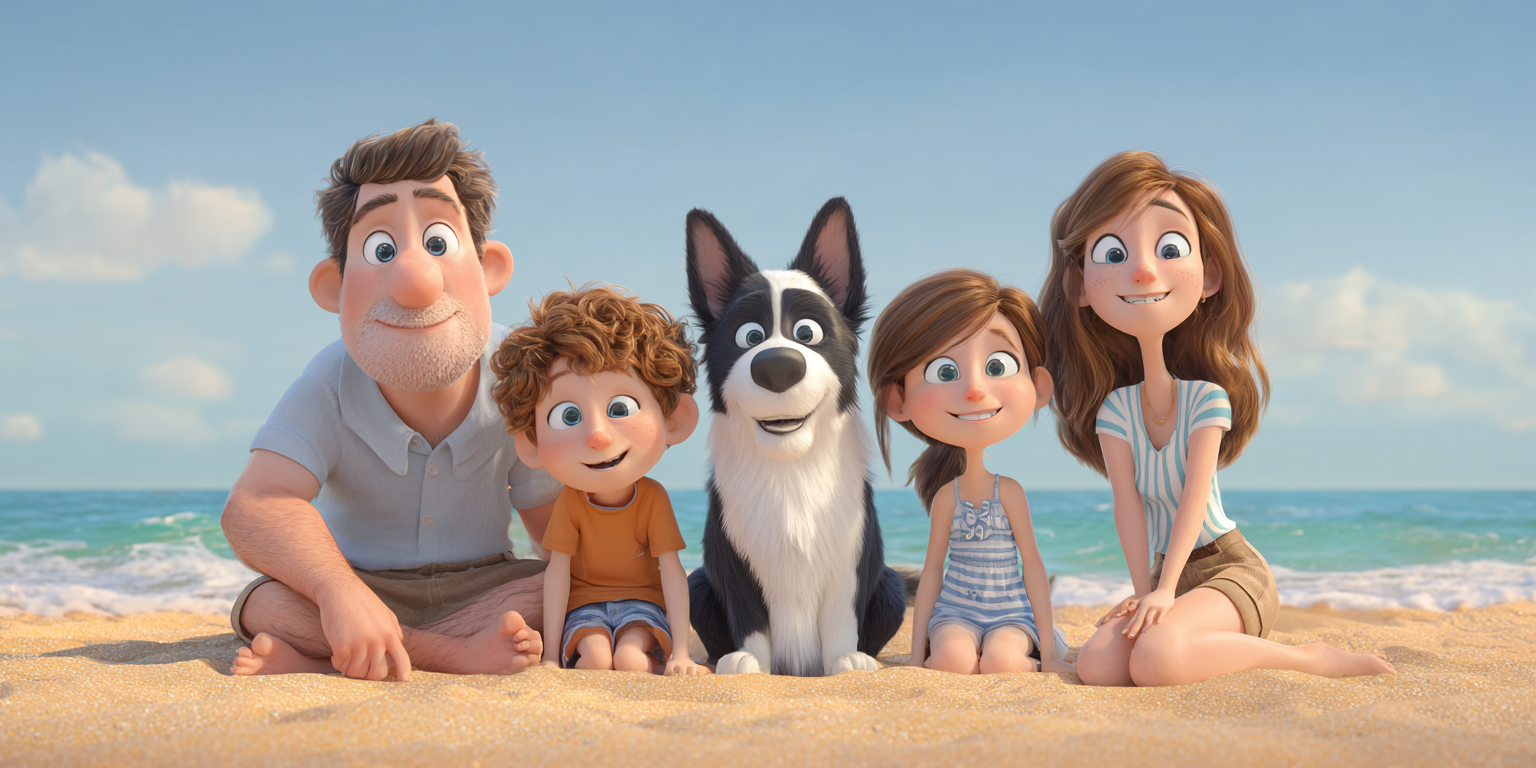Preventing Obesity in Dogs
Preventing Obesity in Dogs: A Complete Guide for Australian Pet Owners

In Australia, our dogs are part of the family.
We love spoiling them with treats, big meals, and a comfy spot on the couch. But just like people, too much food and too little exercise can lead to obesity in dogs – a growing health concern for pets across the country.
According to the Australian Veterinary Association,
over 40% of dogs are overweight or obese, which puts them at risk of serious health issues and can shorten their lifespan.
The good news?
With the right approach, canine obesity is preventable.
Let's walk through the causes, risks, and most effective ways to keep your dog at a healthy weight so they can enjoy a long, happy, and active life.
Why Preventing Dog Obesity Matters
Dog obesity isn’t just about looks – it’s a health issue that can impact your dog’s quality of life.
Carrying excess weight puts extra stress on joints, muscles, and the heart, and can lead to:
- Joint problems such as arthritis and hip dysplasia
- Diabetes
- Heart disease
- Breathing difficulties
- Reduced energy and mobility
- Shortened lifespan
Dogs don’t understand portion control or calorie counting – that’s our job as responsible pet owners.
By learning how to prevent obesity, you’re helping your furry mate stay healthy and active well into their senior years.
How to Tell if Your Dog is Overweight
Before you can prevent obesity, it’s important to know what a healthy dog weight looks like. Vets often use a Body
Condition Score (BCS) chart, which rates your dog’s body shape on a scale from 1 to 9:
- 1–3: Underweight
- 4–5: Ideal weight
- 6–7: Overweight
- 8–9: Obese
You can do a quick at-home check:
- Feel their ribs – You should be able to feel them easily without pressing too hard, but they shouldn’t be visible.
- Look from above – Your dog should have a visible waistline behind the ribs.
- Check from the side – The tummy should tuck up slightly rather than hang down.
If you’re unsure, ask your vet to weigh your dog and give you an assessment. Regular weigh-ins are one of the best ways to spot early weight gain.
Common Causes of Obesity in Dogs
Dog obesity is usually the result of too many calories and not enough exercise, but there are other contributing factors:
- Overfeeding and too many treats – Many owners underestimate the calories in treats and table scraps.
- Lack of exercise – Modern life can make dogs more sedentary, especially in smaller homes or apartments.
- Breed predisposition – Some breeds, like Labradors, Beagles, and Cocker Spaniels, are more prone to weight gain.
- Age – Older dogs are less active and may need fewer calories.
- Desexing – Spayed or neutered dogs may have a slower metabolism.
- Medical conditions – Hypothyroidism and Cushing’s disease can contribute to weight gain.
Preventing Obesity in Dogs: Step-by-Step
1. Feed the Right Amount
Knowing how much to feed your dog is crucial. Use these tips:
- Check the food packaging for a feeding guide, but adjust based on your dog’s age, breed, and activity level.
- Weigh your dog’s food with a measuring cup or kitchen scales – don’t just guess.
- Remember to factor in treats and snacks – they count towards your dog’s daily calories.
- For most healthy adult dogs, feeding twice a day is ideal.
Pro Tip: Ask your vet for your dog’s target weight and daily calorie needs so you can tailor their portions.
2. Choose High-Quality Dog Food
Not all dog food is created equal.
Look for:
- High protein content to support muscle mass
- Moderate fat levels to prevent unnecessary calorie overload
- Natural ingredients with no fillers like corn or wheat
- Foods designed for your dog’s life stage (puppy, adult, senior)
If your dog is prone to weight gain, consider a vet-recommended weight management formula.
3. Limit Treats and Avoid Table Scraps
Treats are great for training and bonding, but too many can quickly tip the calorie balance.
- Use small, low-calorie treats during training.
- Try healthy alternatives like carrot sticks, green beans, or apple slices (avoid toxic foods like grapes, chocolate, or onions).
- Skip the table scraps – human food is often too high in fat and salt for dogs.
4. Make Exercise a Daily Habit
Regular physical activity is key to preventing weight gain in dogs. The amount your dog needs will depend on their breed, age, and health:
- Active breeds (Border Collies, Kelpies, Working Dogs): 1–2 hours a day
- Moderate breeds (Labradors, Staffies, Cocker Spaniels): 45–60 minutes a day
- Small breeds (Cavoodles, French Bulldogs, Maltese): 30–45 minutes a day
Mix it up with
walks, fetch, swimming, agility training, and off-leash play in secure areas.
If you’re busy, consider dog walkers or doggy daycare to keep your pet moving.
5. Keep Their Mind Active Too
A bored dog is more likely to overeat. Mental stimulation helps burn calories and reduces the urge to snack.
Try:
- Puzzle feeders and treat-dispensing toys
- Hide-and-seek games
- Scent training
- Obedience training sessions
6. Regular Vet Check-Ups
Routine check-ups help catch weight gain early and rule out medical causes.
Your vet can:
- Weigh and assess your dog
- Offer a personalised diet plan
- Recommend safe exercise programs
- Test for underlying conditions like hypothyroidism
7. Monitor Progress
Keeping track of your dog’s weight helps you stay on top of changes.
- Weigh them every month at home or during vet visits
- Keep a weight chart
- Adjust their food and exercise if you see a gradual increase
Remember – slow and steady is best. Rapid weight loss can be harmful.

Breed-Specific Tips for Preventing Obesity
Some breeds need extra attention:
- Labradors & Golden Retrievers – Love food and will overeat if given the chance. Stick to measured meals and plenty of exercise.
- Beagles – Naturally greedy; use puzzle feeders to slow eating.
- Pugs & Bulldogs – Lower activity tolerance, so keep portions small and use short, frequent walks.
- Working Breeds – Need more exercise than most pets; boredom can lead to overeating.
The Role of Desexing in Weight Management
While desexing is important for health and population control, it can slightly reduce your dog’s metabolism.
This means you may need to:
- Reduce daily food portions by 10–20%
- Increase exercise to maintain muscle tone
- Keep a closer eye on body condition after surgery
Helping an Overweight Dog Lose Weight Safely
If your dog is already overweight, prevention tips still apply – but with more structure:
- See your vet first – They’ll check for medical issues and set a safe weight-loss target.
- Switch to a weight-loss formula – These foods are lower in calories but still filling.
- Increase activity gradually – Start with short walks and build up.
- Cut treats – Or swap for low-calorie options.
- Track progress – Aim for a weight loss of 1–2% of body weight per week.
Myths About Dog Obesity
Myth 1: “He’s just big-boned.”
– While dogs have different builds, extra fat is not just ‘big bones’.
Myth 2: “Extra weight keeps them warm in winter.”
– Fat doesn’t provide healthy insulation – it can cause overheating and joint strain.
Myth 3: “She’ll slow down as she ages anyway.”
– Older dogs can still be active; weight gain often causes the slowdown, not the other way around.
The Australian Lifestyle and Dog Weight
Australia’s warm climate and outdoor lifestyle make it easier to keep dogs active year-round.
However, busy schedules, smaller backyards, and urban living can still contribute to weight gain.
By building regular exercise into your routine and keeping an eye on diet, you can ensure your dog thrives – whether you live in a city apartment or a rural property.
Key Takeaways for Preventing Dog Obesity
- Measure meals and avoid overfeeding
- Choose quality food suited to your dog’s age, size, and activity level
- Limit treats and skip table scraps
- Exercise daily – both physically and mentally
- Check weight regularly and adjust routines as needed
- Work with your vet to keep your dog healthy
Bottom Line:
Preventing obesity in dogs isn’t about being strict or denying them fun – it’s about giving them the best chance for a long, healthy, and happy life.
By balancing their diet, providing regular exercise, and keeping track of their weight, you’re not just managing their waistline – you’re protecting their heart, joints, and overall wellbeing.
Your dog relies on you to make the right choices for them. Keep those choices healthy, and they’ll reward you with years of love, energy, and tail wags.




